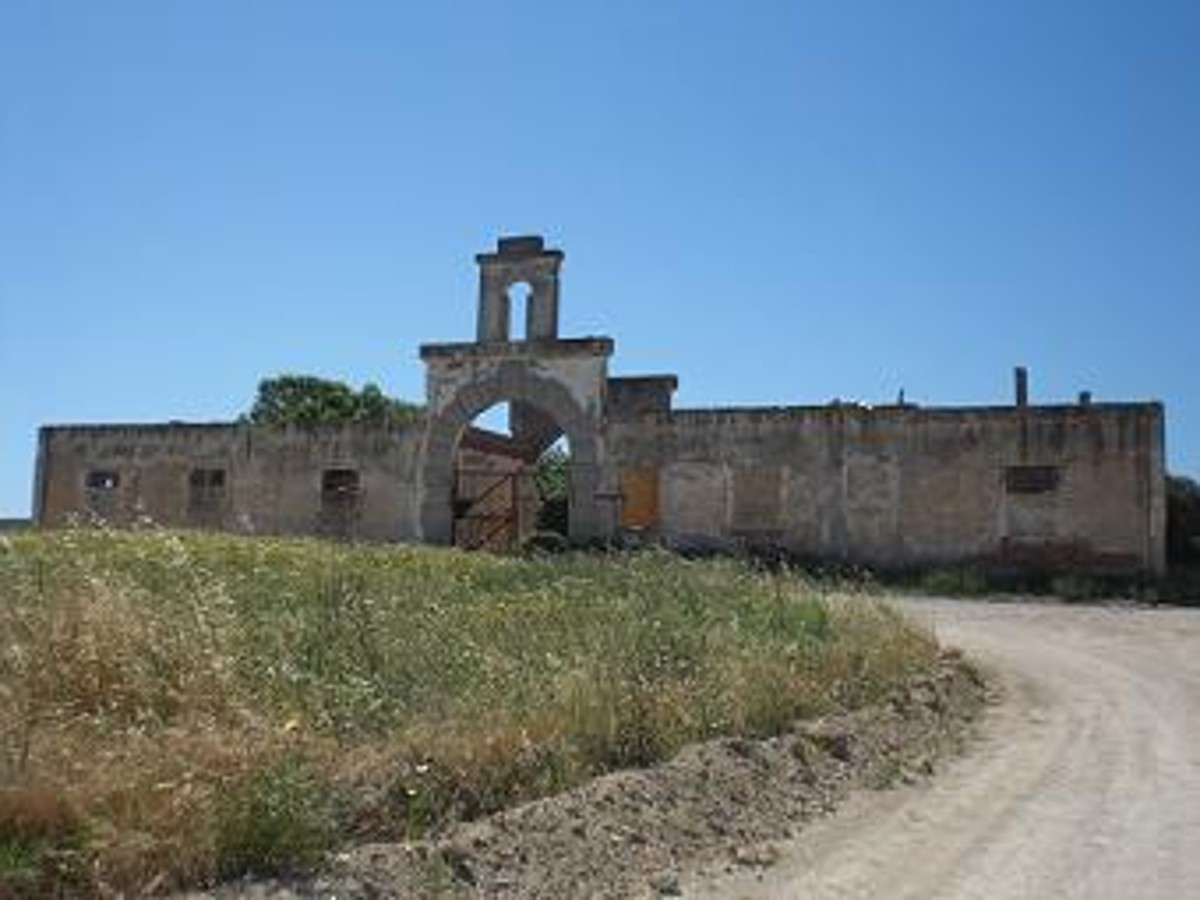The Old Silk Workshop in Kattavia is a fascinating historical site located in the village of Kattavia, at the southern end of Rhodes Island. This workshop is an important cultural heritage site, reflecting the traditional silk production techniques that were once prevalent in the region.
Historical Background
- Village of Kattavia: Kattavia is a small village with a rich history, located approximately 83 km southwest of Rhodes Town. It is known for its traditional architecture and serene environment.
- Silk Production in Rhodes: Silk production in Rhodes dates back to the Byzantine period and continued through the Ottoman era. The island’s climate and mulberry trees, essential for silkworm cultivation, made it an ideal location for silk production.
The Old Silk Workshop
- Establishment and Operation: The Old Silk Workshop in Kattavia was established during a time when silk production was a significant part of the local economy. The workshop utilized traditional methods of sericulture (silk farming) and silk weaving.
- Architecture and Layout: The workshop building itself is a traditional stone structure, typical of the architecture in the region. It includes areas for the various stages of silk production, from the cultivation of silkworms to the weaving of silk fabrics.
Silk Production Process
- Sericulture: The process begins with the cultivation of mulberry trees, whose leaves are the primary food source for silkworms. The silkworms are then raised in a controlled environment.
- Silk Harvesting: Once the silkworms form cocoons, the silk threads are carefully harvested. This involves boiling the cocoons to soften the sericin (a protein that binds the silk threads), and then unwinding the long silk filaments.
- Weaving: The harvested silk threads are spun into yarn and woven into fabric using traditional looms. This intricate process requires significant skill and craftsmanship.
Cultural and Historical Significance
- Heritage Preservation: The Old Silk Workshop serves as a testament to the traditional silk-making techniques that were once widespread in Rhodes. It is an important part of the island’s cultural heritage.
- Economic History: The workshop reflects the economic history of Kattavia and Rhodes, showcasing how silk production contributed to the local economy and trade.
Current Status and Visitor Information
- Preservation Efforts: Efforts have been made to preserve the Old Silk Workshop and maintain it as a cultural heritage site. It stands as a reminder of the village’s historical connection to silk production.
- Tourism: The workshop is a point of interest for visitors to Kattavia, offering insights into traditional silk production methods. It is often included in cultural and historical tours of the area.
- Accessibility: Kattavia can be reached by car or local transport from Rhodes Town. The village itself is small and easily navigable on foot, allowing visitors to explore the workshop and other local attractions.
Conclusion
The Old Silk Workshop in Kattavia is a unique cultural landmark that provides a glimpse into the traditional silk-making industry of Rhodes. It highlights the island’s rich heritage and the craftsmanship involved in silk production. Visitors to Kattavia can experience a piece of this historical legacy, gaining an appreciation for the intricate processes and skills that defined the local economy in past centuries.

